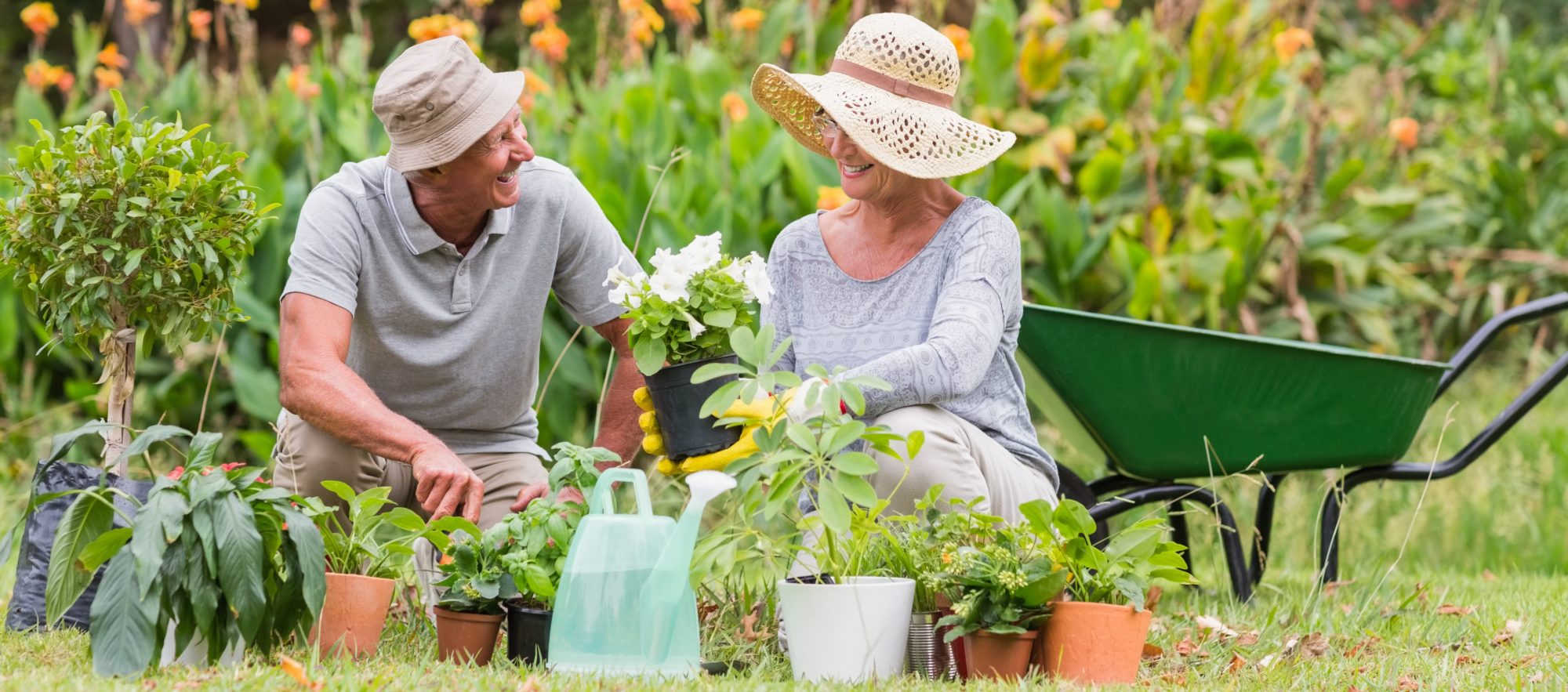Recognizing the Different Kinds Of Horticulture and How They Add to a Healthier Way Of Living and Setting

Benefits of Veggie Gardening
Lots of people are increasingly recognizing the myriad advantages of veggie gardening as a vital component of a much healthier lifestyle. Involving in veggie gardening offers various physical wellness benefits, including boosted exercise, which enhances cardiovascular health and advertises overall physical fitness. The act of growing, weeding, and harvesting needs activity and can help fight inactive habits, adding to weight administration and boosted muscular tissue tone.
Furthermore, cultivating one's own vegetables dramatically boosts dietary quality. Homemade fruit and vegetables is usually fresher and extra nutrient-dense contrasted to store-bought alternatives, as it can be consumed shortly after harvest. This access motivates a greater consumption of fruits and vegetables, which are crucial for avoiding chronic illness.
Furthermore, vegetable horticulture cultivates mental well-being by providing a healing electrical outlet for anxiety relief and relaxation. Collectively, these advantages highlight the importance of vegetable horticulture as a keystone of a much healthier way of life.
Exploring Flower Horticulture

Along with visual benefits, flower gardening supports neighborhood environments. Several blooming plants attract pollinators, such as and butterflies, which are critical for maintaining biodiversity. The existence of varied vegetation can also improve dirt wellness, as various plants add to vitamins and mineral cycling and boost dirt framework.
Moreover, flowers can play a considerable function in advertising lasting techniques. Numerous gardeners choose for indigenous or drought-resistant species, which call for much less water and minimal chemical inputs. This technique not just profits the setting yet also encourages accountable gardening behaviors.
Eventually, blossom horticulture functions as a vital component of a holistic horticulture method. Gardening. By cultivating beauty and supporting local communities, it harmonizes with veggie horticulture and emphasizes the value of supporting both our physical and psychological wellness through nature
Container Horticulture Benefits
Container gardening offers various advantages that make it an enticing alternative for both newbie and knowledgeable gardeners. One of the primary advantages is its versatility; containers can be put on patio areas, verandas, and even indoors, enabling horticulture in rooms with minimal ground gain access to. This flexibility makes it possible for people in urban settings or those with little yards to grow plants successfully.
Additionally, container horticulture supplies enhanced control over dirt high quality and moisture degrees. Gardeners can pick certain soil blends to maximize plant health and alleviate issues like weeds and parasites. The movement of containers also enables easy relocation to optimize sunlight direct exposure or protect plants from inclement weather condition.
Additionally, container yards can be cosmetically pleasing, supplying a chance for imagination in browse around here style. Gardening. They can function as ornamental aspects that enhance outside or interior spaces while promoting biodiversity by bring in pollinators
Lastly, container horticulture can add to a healthier way of life by encouraging physical task, as it commonly involves lifting, growing, and keeping plants. Generally, the advantages of container horticulture make it you could look here an accessible and fulfilling method for those looking for to improve their way of life and environment.
The Increase of Upright Gardening
As metropolitan areas end up being significantly crowded, the trend of upright gardening has actually taken off, allowing individuals to optimize their horticulture potential in restricted locations. This cutting-edge approach involves expanding plants in upright structures, such as wall-mounted planters, trellises, or specialized upright yard systems. The appeal of vertical horticulture exists not only in its reliable use of space yet also in More hints its visual payment to urban settings, changing bare walls into lavish environment-friendly landscapes.
Upright yards can be installed in homes, terraces, and area areas, offering a system for expanding a selection of plants, including herbs, veggies, and decorative flowers. This method motivates biodiversity and can enhance air top quality by filtering pollutants while promoting a link to nature in densely inhabited locations. In addition, upright gardening supplies sensible advantages, such as improved yield per square foot, making it an eye-catching choice for city garden enthusiasts seeking to expand their own food.

Lasting Practices in Gardening
Accepting lasting methods in horticulture is crucial for advertising ecological wellness and making sure the feasibility of our natural deposits. Lasting horticulture methods focus on decreasing ecological impact, preserving water, and promoting biodiversity. By implementing methods such as organic gardening, gardeners can decrease the use of synthetic plant foods and chemicals, which can harm local communities.
Buddy planting is one more effective sustainable method, where certain plants are grown with each other to enhance growth and discourage insects normally. Furthermore, making use of indigenous plants in landscape design sustains regional wild animals and calls for much less maintenance, as they are naturally adjusted to the regional environment and dirt problems.
Water preservation strategies, such as rainwater harvesting and drip irrigation, help to effectively manage water resources, therefore minimizing waste. Composting natural waste not just improves the soil yet also minimizes garbage dump contributions, advertising a round economic situation.
Finally, exercising plant turning and cover chopping improves soil health and reduces the risk of pest infestations. By incorporating these sustainable techniques, gardeners can develop resilient ecosystems that add to a much healthier way of life while safeguarding the atmosphere for future generations.
Conclusion

In verdict, the diverse techniques of horticulture, including vegetable, blossom, container, and upright horticulture, collectively promote a much healthier lifestyle and improve ecological sustainability. Each type supplies distinct benefits, from supplying fresh fruit and vegetables and drawing in pollinators to maximizing minimal spaces and encouraging biodiversity. By promoting lasting techniques, these horticulture approaches not only add to individual well-being however likewise sustain more comprehensive ecological conservation initiatives, inevitably decreasing reliance on business farming and boosting area resilience.